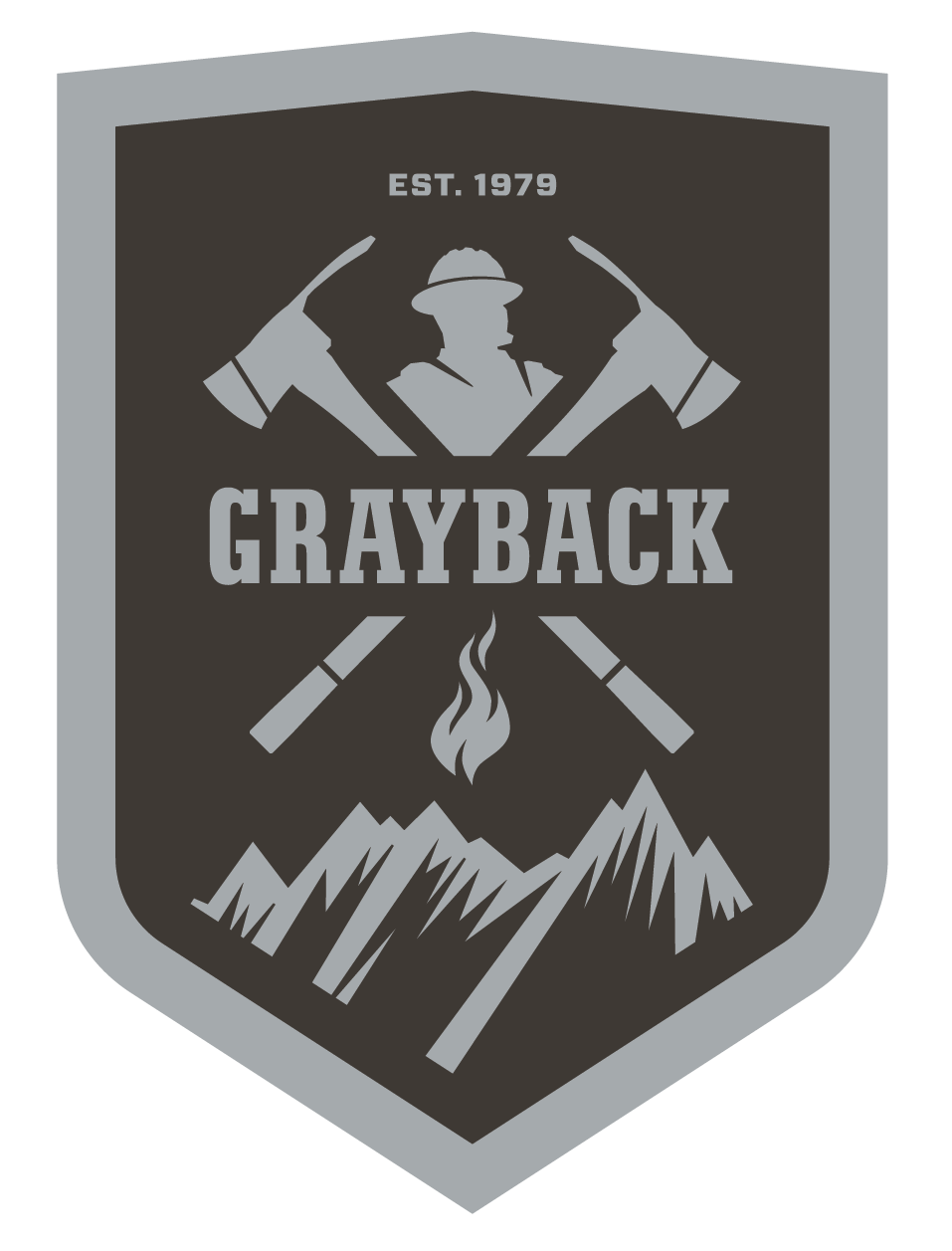Wildland firefighting requires both physical strength and endurance. If you are thinking about becoming a firefighter you’ll need to pass several requirements, including strict physical ones.
Companies like Grayback want to see candidates in top condition so that they are able to perform their duties effectively and safely. At times firefighters will find themselves in steep terrain, carrying packs up to 45-lbs and walking 3-5 miles per day. To tolerate these conditions, it’s important to get firefighter fit!
However, before you jump into a new fitness program, please consult your physician and get a health screening. This will minimize the chance of injury and other health concerns.
With intense physical requirements, it’s important to find a fitness program that works for you. One online fitness program that we recommend and is specifically geared toward those who are or want to be wildland firefighters is NIFC’s FireFit. This program focuses on aerobic fitness to make the heart stronger and work more efficiently and sets the standard for wildland firefighters nationwide.
The eight week program is designed to take a firefighter from post season maintenance to fire season ready. It’s intended as a comprehensive platform that promotes firefighter health and safety.
Within the program you’ll find guidelines and fitness routines for pre-season, fire-season, and post-season.
National Fire Fighter Corp also endorses the NIFC program and outlines the recommendations for the fitness period in its blog How to Get in Shape the Right Way to Become a Wildland Firefighter:
Cardiovascular: It’s recommended that you engage in cardiovascular activity 4-6 times per week for 30-60 minutes at a time. Your intensity level should be between 70-85 percent of your established Target Heart Rate (THR). Allow yourself 1-2 days of rest per week. If you are just beginning the program, start with 4 days of cardiovascular activity per week at 30 minutes per day and 70 percent THR. In the last two weeks before fire season, it’s recommended that you increase your activity level to 5-6 sessions per week in which you include work-specific activities in your sessions, such as pack hiking.
Muscle Strength: Recommendations say that you should begin your strength workouts twice per week for the first two weeks. Later, increase to 3 times per week. During each workout, lift 70-90 percent of your maximum strength, and do 8-12 repetitions with 1-3 sets. Be sure to give yourself a 1-2 minute rest between sets and to rest for 48 hours between workouts.
Muscle Endurance: In the last two weeks leading up to the fire season, you should modify your strength workouts to focus on endurance. Lift 50-70 percent of your maximum weight, but increase your reps to 12-20 for 1-3 sets. Allow one-minute breaks between sets, and increase your sessions to 3-4 days per week.
Flexibility: Begin each workout with a low-level warm-up activity such as jogging. At the end of each workout, perform static stretches, holding each one for 20-30 seconds without bouncing.
Rest: Allow your body 1-2 days of rest per week during this module. On your rest days, engage in light or no activity. Your body needs time to recuperate!
Without physical training it is impossible to endure the conditions and physical requirements to be a wildland firefighter. Are you ready to train?

